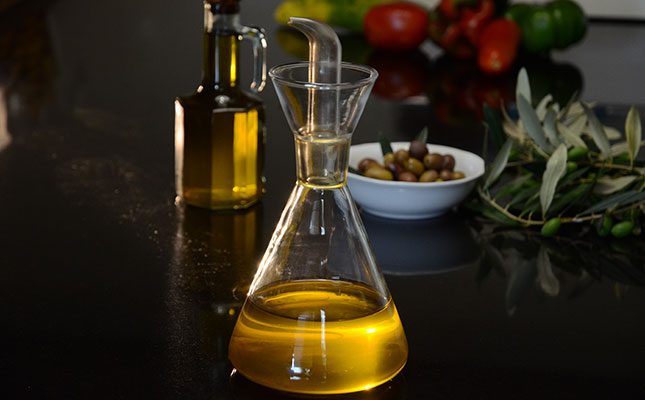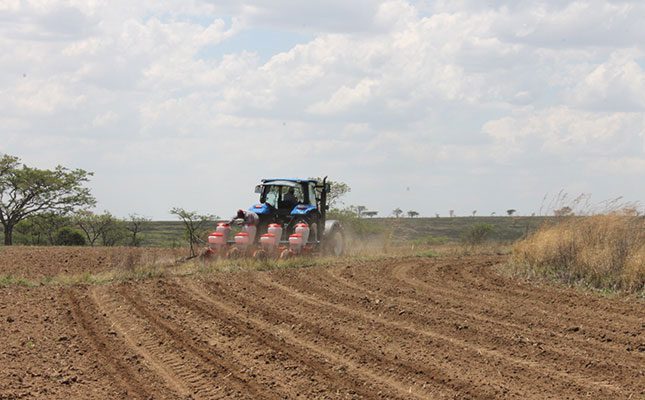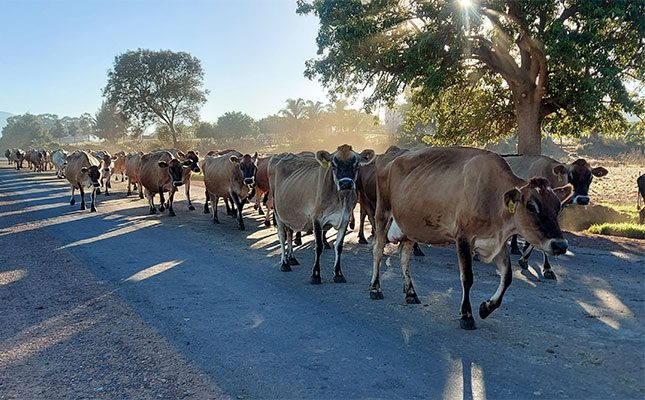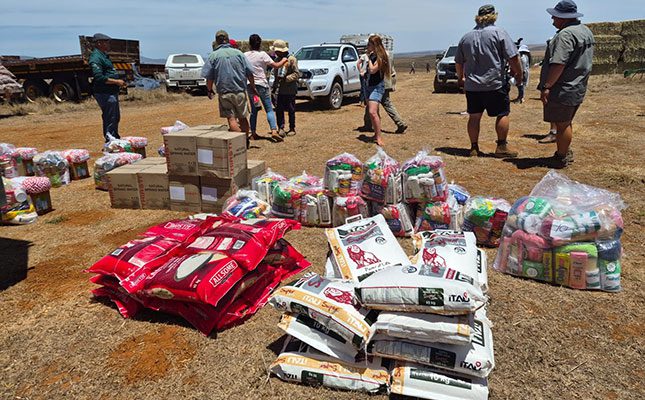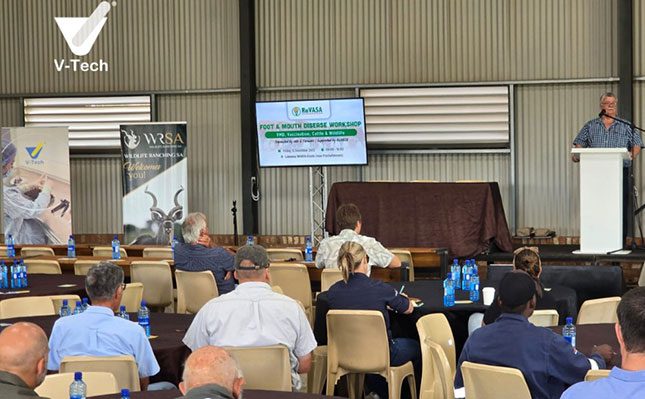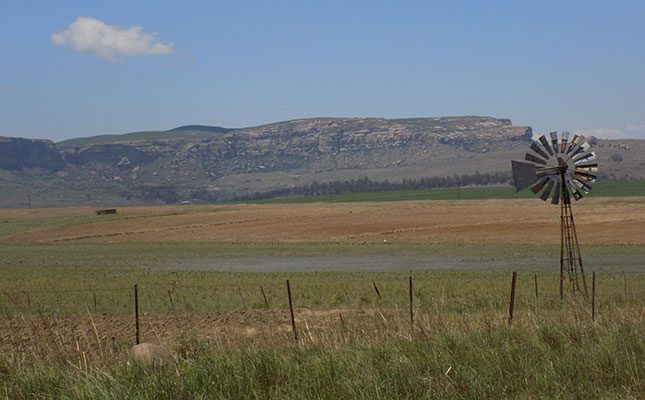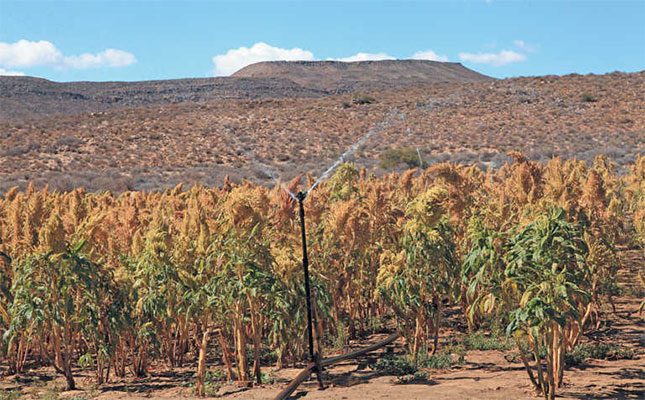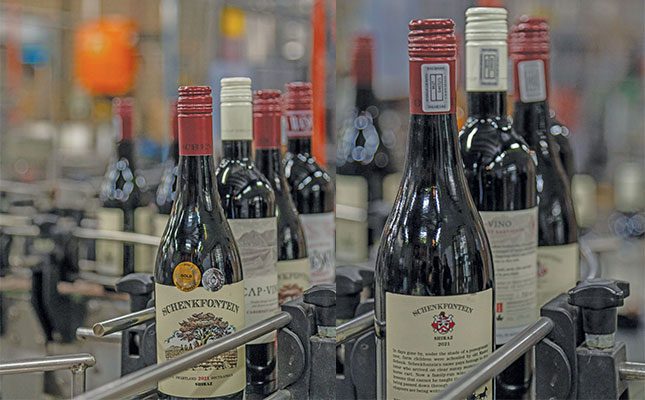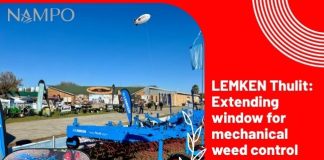
Photo: Magda du Toit
Different production factors such as cultivar choice, planting date, planting density, nitrogen fertilisation, and irrigation all have an impact on a barley crop’s yield and malt quality. Amid these difficulties, the entry of a new buyer offers the potential to reposition barley as a resilient, competitive, and profitable crop in South Africa.
Challenges in barley production and quality
Opening a panel discussion at Nampo Cape on Friday, 12 September, José de Kock, chairperson of Grain SA’s Barley Industry Committee, said barley production in South Africa was at a low, and the industry urgently needed a new impetus to make the crop attractive to farmers again.
“At present, the risk is there and the incentives aren’t enough to make the crop attractive so that farmers are willing to take that risk,” he explained.
He pointed out that the barley yield was not keeping up with that of other crops and cited that as the reason for farmers shifting to other crops, especially in the Overberg area. “The risks associated with barley production can be seen as the main reason for the decline in [area planted to barley].”
Stressing the issue further, Johan Lusse, general manager of grain and grain services at Overberg Agri, stated that issues with quality were one of the main contributors to barley’s risk profile.
“Some 15% to 20% of the barley crop normally does not meet the quality standards and is then downgraded to feed barley. This not only presents a challenge on the production and profitability side for the farmer but also creates additional challenges within the silo industry,” Lusse explained.
He added that germination of stored seed during storage contributed to next season’s grain quality challenges.
New investment and local opportunities
Soufflet Malt, one of the world’s largest malt producers, has entered into a commercial partnership with Heineken Beverages in South Africa. The former is investing R2 billion in building a new malting plant in South Africa and will supply malt to Heineken South Africa.
This facility will produce 100 000t of malt annually using advanced solar and trigeneration technology to reduce emissions and will rely entirely on local barley, sourced through partnerships and training with South African farmers.
This follows Heineken’s acquisition of Distell and Namibia Breweries, which enabled the consolidation of operations under Heineken Beverages. The investment underscores confidence in South Africa’s agribusiness potential amid a global surge in demand for beer and malt-based products.
During the panel discussion, both Jérémy Antier, general manager Soufflet Malt South Africa, and Deon de Wet, senior programme manager for agricultural value chain development at Heineken Beverages South Africa, reiterated the companies’ commitment to buying local barley.
Partnerships with producers
Soufflet Malt has been working in the various barley-producing regions for the past seven years, building long-term partnerships with commercial and emerging farmers. Through training, mentoring, and commercial support, Soufflet Malt was helping these producers adopt agronomic best practices to grow high-quality, premium barley to meet industry standards, Antier said.
He agreed that there was no need to reinvent the wheel when it came to setting standards for the quality assessment of barley: “The standards are already there, and they are workable. We will base our procurement on those standards.”
South Africa’s agriculture sector, a key economic driver, stands to benefit as global maltsters like Soufflet deepen their footprint.
Heineken Beverages has made significant investments in South Africa recently, reflecting the company’s focus on expanding local operations.
“The new malting plant dovetails with its strategy to localise inputs and reduce reliance on imports, a critical pivot as currency volatility and logistics costs challenge African markets,” De Wet said.
The plan was to procure 70 000 and 90 000t of barley in 2026 and 2027, respectively, and 125 000t in 2028.
“We have three years to put things in place. We want to procure barley from all the production regions: Overberg, Swartland, Northern Cape, Koedoeskop, and Brits,” Antier explained.
When asked about the need to separate the different cultivars during delivery and storage, De Wet explained that because the malting characteristics of cultivars differed, mixing of cultivars must be prohibited at all costs.
“It will remain imperative that the different cultivars are transported, handled, and stored separately. This is important not only with a view to the quality and standard of the end product, but also to ensure traceability especially in the case of production verification,” he added.
Farmers expressed their excitement about the partnership and the new opportunities awaiting them but also warned that the companies needed their support.
In the same breath, farmers conveyed their appreciation to the South African Breweries for its commitment and support over many years.

